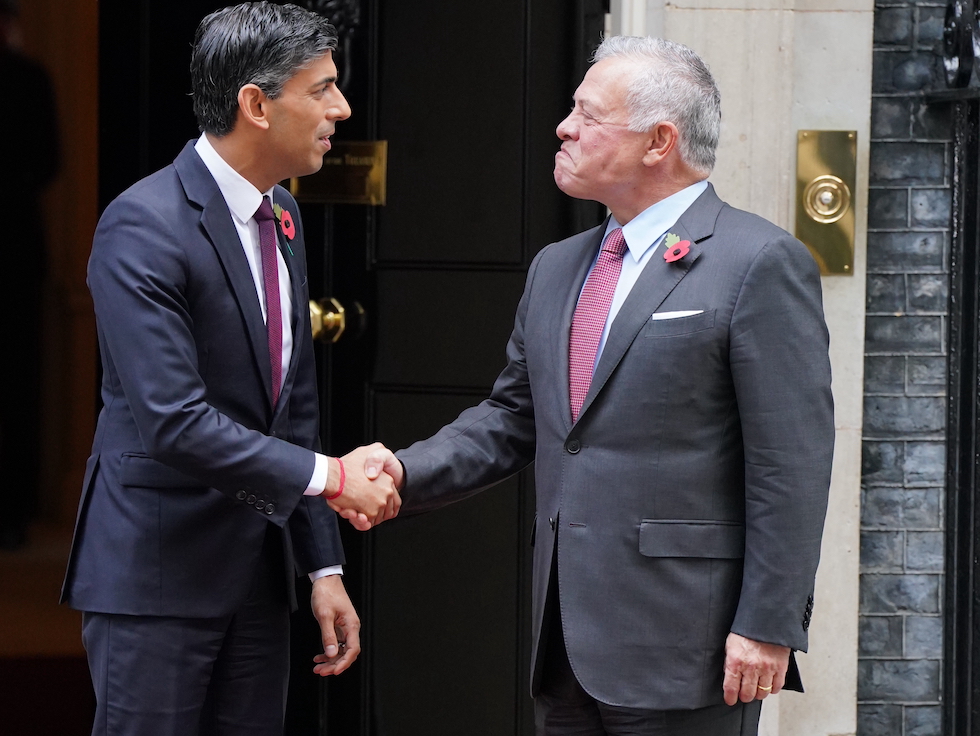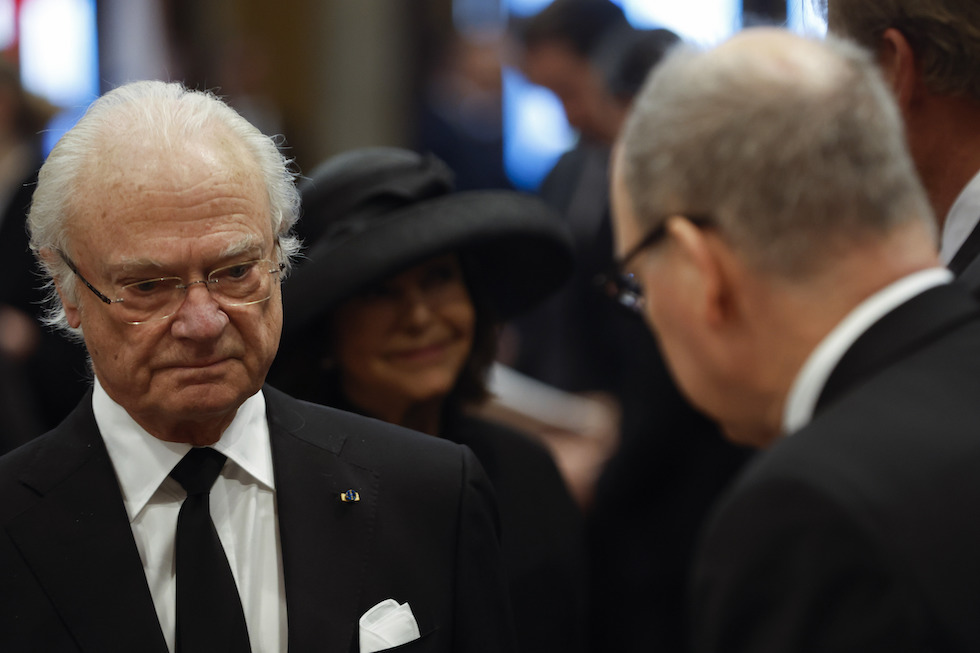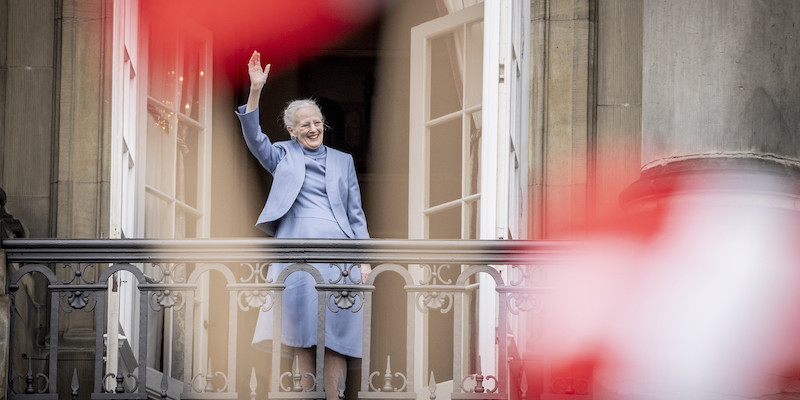In addition to several heads of state and political leaders from other countries, the coronation ceremony of King Charles III of the United Kingdom on Saturday was attended by some sovereigns of other monarchies invited to the event, including King Felipe VI of Spain and Prince Albert of Monk. Together with Charles III they are among the 29 monarchs left in the world, a group which includes, in addition to European and African ones, the sovereigns of the richest and most powerful royal families of Southeast Asia and the Middle East.
One of the most common subdivisions of monarchies distinguishes them on the basis of the governing powers within their countries that monarchs share or not with other bodies. But apart from the clear and extreme cases in which they have absolute power or a mostly ceremonial role, the other distinctions tend to be rather elastic because political powers vary a lot in practice, from case to case, based on the history of the country, on the conventions constitutional and other rules.
Regardless of the title assumed by each ruler, the countries where monarchs alone have absolute power are Saudi Arabia, Bahrain, Brunei, United Arab Emirates, eSwatini, Oman and Qatar. Those in which they share powers with an elected body and have little or no influence, as the case may be, are Bhutan, Jordan, Kuwait, Liechtenstein, Malaysia, Monaco, Morocco, Thailand and Tonga. And those, most numerous and mostly in Europe, in which they have a ceremonial role are Andorra, Belgium, Cambodia, Denmark, Japan, Lesotho, Luxembourg, Norway, the Netherlands, the United Kingdom, Spain and Sweden.
The kings are 17 (Saudi Arabia, Bahrain, Belgium, Bhutan, Cambodia, eSwatini, Jordan, Lesotho, Malaysia, Morocco, Norway, Netherlands, United Kingdom, Spain, Sweden, Thailand and Tonga). There is only one queen, after the death of Elizabeth II: Margaret II of Denmark. There are two princes, one in Liechtenstein and the other in Monaco, a grand duke in Luxembourg and a co-prince in Andorra, a very small principality between France and Spain with a parliamentary diarchy. It is the Catholic Archbishop Joan Enric Vives i Sicília, of the diocese of Urgell, in Tarragona, who exercises his powers in Andorra together with the President of the French Republic Emmanuel Macron.
There is one emperor, in Japan, and two sultans, one in Brunei and the other in Oman. There are two emirs, one in Qatar and the other in Kuwait, while in the United Arab Emirates – an elective monarchy – there is a president who has the title and powers of an absolute monarch. Depending on the criteria used to compile the list of the monarchs in the world there may also be another sovereign whose office is elective: Pope Francis, who in fact is the absolute sovereign of the Vaticanthe smallest state in Europe.
– Read also: Why do monarchies still exist?
The oldest monarch is Saudi King Salman bin Abdulaziz al Saud, who has been in office since 2015 and is 86 years old (the country’s de facto leader is his son and Crown Prince Mohammed bin Salman). For more than two centuries, the Saud dynasty has governed the various state forms assumed by present-day Saudi Arabia, an absolute monarchy with a strong Islamic and Salafi religious imprint. It was founded in 1935 under Ibn Saud, who seized power after World War I by clashing with al-Husayn, another Arab leader supported by part of the British.
Saudi King Salman bin Abdulaziz al Saud during a meeting with European leaders in Sharm el Sheikh, Egypt on February 24, 2019 (Dan Kitwood/Getty Images)
– Read also: Who are the world‘s oldest monarchs now
The youngest monarch of a country in the world is the 42-year-old Emir of Qatar Tamim bin Hamad Al Thani, in office since 2013 following the abdication of his father Hamad bin Khalifa. The Al Thani family has ruled Qatar for almost two centuries: long before the domination of the Ottoman Empire, in 1871, and also following the country’s independence from the British Empire, obtained a century later.
Many of the youngest and most autocratic monarchies in the world are found in the Middle East and date back to the era of British colonialism. Abdullah I of Jordan, who became king after independence obtained in 1946, had already been the sovereign of the country much earlier, in close relations with the British monarchy: in 1937 he had moreover participated at the coronation of King George VI.
The Hashemite dynasty at the head of the country, one of the oldest in the Arab world, ruled Mecca between the 10th century and 1921, and according to tradition they descend directly from Muhammad. The current king of Jordan, Abdullah II, would be part of the 42nd generation of descendants and is the son of King Hussein, who remained in office from 1952 to 1999 following the assassination of Abdullah I. In recent times a clash between King Abdullah II and Prince Hamzah, his half-brother (son of King Hussein), had caused political instability and embarrassment in the royal family, before Hamzah announced in 2022 his renunciation of the title of prince.

British Prime Minister Rishi Sunak and Jordanian King Abdullah II after a meeting in Downing Street, London on November 11, 2022 (Jonathan Brady – WPA Pool/Getty Images)
The political stability and international recognition of several Arab monarchies in the Persian Gulf, despite the internal violence, has been facilitated over time by the ability to influence due to the management of the abundant oil fields present in the region. This wealth has also favored a modernization that has led some ports in the desert, such as Dubai and Doha, to become among the most important global hubs for trade and tourism.
The survival of monarchies in Europe, how he wrote il Washington Post, has instead been favored by a capacity for transformation and adaptation to the times, which has historically materialized in a progressive reduction of political power and, more recently, in a gradual downsizing of royal families. Scaling that in some cases, second several experts on monarchical issues, also responds to the need to avoid legislative actions by parliaments aimed at reducing the privileges of royal families where these are particularly extensive.
In 2022, the Danish Queen Margaret II, crowned in 1972, deprived four of her eight grandchildren of their royal titles: officially to allow them to lead normal lives without the obligations associated with the commitments of the royal family. For more or less the same reasons, in 2019, Swedish King Carl Gustaf XVI stripped the title of “Royal Highness” from five of his grandchildren, those not in a direct line to inherit the throne.

Swedish King Carl Gustaf XVI at the funeral of Constantine II, the last king of Greece, in Athens on January 16, 2023 (Stoyan Nenov/Pool via AP)
In some cases, European monarchies have been affected not only by scandals and divisions, but also by other cultural issues that have emerged within the royal families. In 2022, the Norwegian king Harald V, head of the country since 1991, publicly defended his future son-in-law, the self-styled shaman Durek Verrett, fiancé of Princess Martha Louise, from racist offenses after she had given up her commitments to dedicate herself to him to an alternative medicine business. “It is a strength that the royal family reflects the ethnic diversity that exists in Norway,” he wrote in a statement the royal family.
The longest reigning monarch is the Sultan of Brunei, Hassanal Bolkiah, who has ruled since 1968 and is 76 years old. Brunei is a small constitutional monarchy on the island of Borneo, with less than half a million inhabitants and huge oil and gas fields on which it bases all its wealth. The sultan has many executive and extraordinary powers, in an authoritarian country that strictly enforces the law shariathe set of legislative and moral principles deduced from Islamic sacred texts.
– Read also: The country with the smallest public debt in the world
Another Southeast Asian monarchy but with more limited powers is Thailand, a parliamentary monarchy whose king is the seventy-year-old Maha Vajiralongkorn, also known as Rama X and who succeeded his father Bhumibol Adulyadej in 2016 (ruler of the longest reign in the history of village). Although the sovereign’s power has declined in recent decades, there are very strict laws to punish the crime of lese-majeste, according to many used to suppress dissent and limit freedom of expression.
There are only three monarchies in Africa. One is in Morocco, a constitutional monarchy in which the king has fewer powers than the prime minister, and in the case of the current King Mohammed VI also very little interest in governing, at least ostensibly. And the other two are in Lesotho, a small country of 2 million people completely surrounded by South Africa, and eSwatini, a southern state about the size of Abruzzo and formerly known as Swaziland.
In eSwatini, King Mswati III has reigned authoritarianly since 1986, through a systematic and violent repression of political opposition, and has total control of parliament. Lesotho is instead a parliamentary monarchy in which the king, Letsie III, has very limited executive and legislative powers, and in which most of the power is in the hands of the government and the army.
